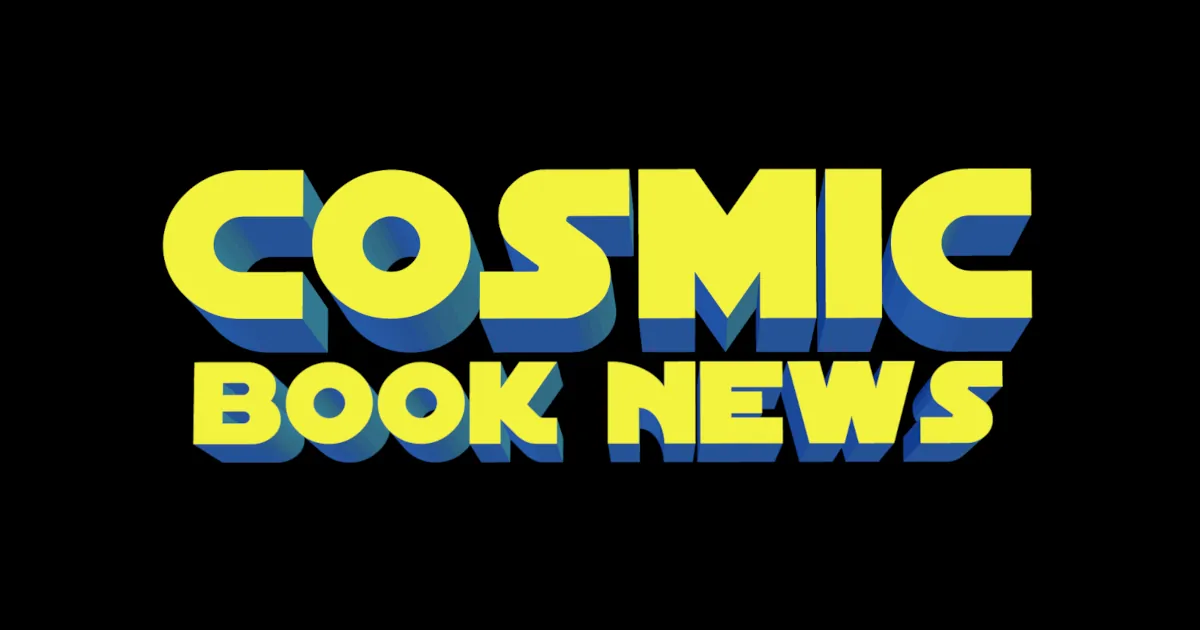Heston Would Be Proud, Despite That Iconic Line of His
A Film Review of Rise of the Planet of the Apes
By: Lawrence Napoli
 I never got into the mythos of Planet of the Apes. I understand that the original novel by Pierre Boulle inspired a film adaptation that featured a memorable performance by Charlton Heston, which was so well received by critics and audiences that it will be remembered as an all time classic. I also understand the very important social commentary it was making by reflecting humanity’s own jaded history via a fictional civilization by a species not far removed from homo-sapiens in terms of biology. But I could never get past those dumb costumes that were meant to generate the illusion of human-like apes. Sure, Morton Haack got a nomination for best costume design in 1968, but that same concept was used in every sequel, the TV series and the failed remake starring Marky Mark in 2001. No amount of prosthetics, latex, fur coverings or rubber masks will shield the fact there’s still a human underneath, and none have been able to sell that kind of illusion as a cast. PoTA never looked authentic enough to me, and without a visual appeal to draw an audience in, how then can a film be able to tell a compelling story?
I never got into the mythos of Planet of the Apes. I understand that the original novel by Pierre Boulle inspired a film adaptation that featured a memorable performance by Charlton Heston, which was so well received by critics and audiences that it will be remembered as an all time classic. I also understand the very important social commentary it was making by reflecting humanity’s own jaded history via a fictional civilization by a species not far removed from homo-sapiens in terms of biology. But I could never get past those dumb costumes that were meant to generate the illusion of human-like apes. Sure, Morton Haack got a nomination for best costume design in 1968, but that same concept was used in every sequel, the TV series and the failed remake starring Marky Mark in 2001. No amount of prosthetics, latex, fur coverings or rubber masks will shield the fact there’s still a human underneath, and none have been able to sell that kind of illusion as a cast. PoTA never looked authentic enough to me, and without a visual appeal to draw an audience in, how then can a film be able to tell a compelling story?
Rise of the Planet of the Apes addresses this concern immediately by handing over the visual responsibility entirely to computer graphics. Virtually every ape, chimp, orangutan, etc. that engages in scripted action is CG, with the exception of what seems to be some authentic shots of apes in static positions or signing with hand gestures. I may be wrong about that last observation because the quality of the ape CG was just that good. That’s not to say that the CG work was perfect, as it takes a few minutes to accept these particular digital interpretations as not cartoons. Soon enough, the drama of the story and the quality performances of the CG characters forgive any conceived fakery, thus adding to the overall realism. The human element of the CG equation was not removed entirely as the motion capture had to be based on a live performance of some sort of mammal, and Koko from the public zoo just isn’t going to cut it. Director Rupert Wyatt hit up the New Zealand visual effects company, Weta Digital (responsible for some CG in King Kong, Avatar, and The Lord of the Rings) and hired iconic mo-cap actor Andy Serkis (you’ll remember his performance as Gollum) to solidify the natural look and movement of the apes in this film.
The story, on the other hand, is not what one would distinguish as progressive in any way, shape or form. A big pharmaceutical/research company is the bad guy? Check. Ignorant humans who are cruel to animals are also bad guys? Check. As a matter of fact, every element of the plot that involves human beings is about as surprising as seeing Ron Perlman at a “Please, Make Me Look Pretty” clinic. But screenwriters Rick Jaffa and Amanda Silver redeem themselves by focusing on the (relative) dialogue free interaction between Caesar, the super chimp, and regular apes, regular people and his adopted human family. Therein lies the meat of interest within this film because the audience knows Caesar is an ape, but has difficulty in denying the character’s human-like charisma. Who hasn’t felt ostracized for being different? Who hasn’t felt like a fish out of water? Who hasn’t felt frustration, despair and abandonment? These are all questions Caesar deals with throughout, and it is virtually impossible for any viewer to miss his changes in posture, demeanor and facial expression because, after all, this is Caesar’s story. It’s kind of the “No duh!” approach to screen writing that would have made the Transformers film franchise less of a mock-up cash cow and more of a respected addition to the timeless sci-fi catalog. Michael Bay’s robotic trilogy ought to have been entitled: “Human Beings and Their Transformer Pets.”
This film is not going to make headway in regards to elevating a cast’s performance status as “on par” with standard drama. Yes, yes, I’ve already mentioned how the apes are the true focus of the script (and rightly so), but I really could have done with some human performances that attempted to match the intensity of the CG. Wait a minute! Did I just say that a machine’s artistic performance outclassed that of the human actors’ in a film? Write it down, take a picture, make note of the date because the answer to that question is an emphatic “YES!” Please forward any complaints to Skynet. But seriously, I cannot help but qualify the cast’s overall effort as token, at best. Tom Felton reprises his type cast as the flat, stereotypical dick in this film, which is something I’d expect him to start leaning away from seeing how he spent 8 Harry Potter Films acting like a spoiled, pompous brat. Brian Cox redefines “going through the motions” as he somehow finds a way to make his performance in X2: X-Men United Oscar worthy in comparison. Freida Pinto (the girl in Slumdog Millionaire) fills the role of “the girl” in this film, but her relationship with James Franco’s character is literally jump-cut to irrelevance because her character has zero impact on any other character in the film. David Oyelowo’s CEO-type character is extremely well-spoken and easily the most intelligent looking, but inexplicably reverts to a reckless, money-hungry scumbag after spending the majority of the film establishing himself as the conservative type. John Lithgow, however, produces a fine performance as a father debilitated by Alzheimer’s and manages to have a number of poignant moments with the main characters that are endearing and sympathetic.
James Franco, the “Renaissance Man,” manages a respectable performance as Dr. Will Rodman, the lead researcher for chemically inducing cerebral repair. One of the key themes of this film is the importance of paternal relations, which is well conveyed via Franco’s performance with Lithgow, but easily surpassed by the relationship he produces with Caesar on screen. Every actor that has had experience working with green screen has made note of the difficulty it is to deliver high quality emotions with an invisible presence for the camera, but Franco is up to the task. Every physical interaction he shares with Caesar is very organic, which can only be achieved via synergy between live performance and the visual effects department. But nothing matches the emotional climax of the film between Rodman and Caesar that defines the very essence of brotherhood and equality. Franco sells this scene incredibly well as the audience cannot help but share in his character’s awe.
Rise of the Planet of the Apes represents a strong close to the summer blockbuster blitz of 2011. Before the summer began, I definitely had this film pegged as one of the goats, but the final product clearly defines it as a winner and worthy of the average consumer’s hard-earned dollars at the cinema. I enjoyed the big action sequences towards the end of the film, but appreciated the character driven drama that preceded it more. This film’s final moments and end credit roll clearly define the overall plot arc for subsequent sequels, which is somewhat disappointing by not maintaining some level of mystery. Beyond that, I can say in full confidence that this film satisfies the viewer on multiple levels without too many cheesy references to the original Planet of the Apes. I truly cringed when that one and only iconic line from the original was repeated here, but absolutely wowed by what immediately followed. This moment alone, is worth the price of admission.







